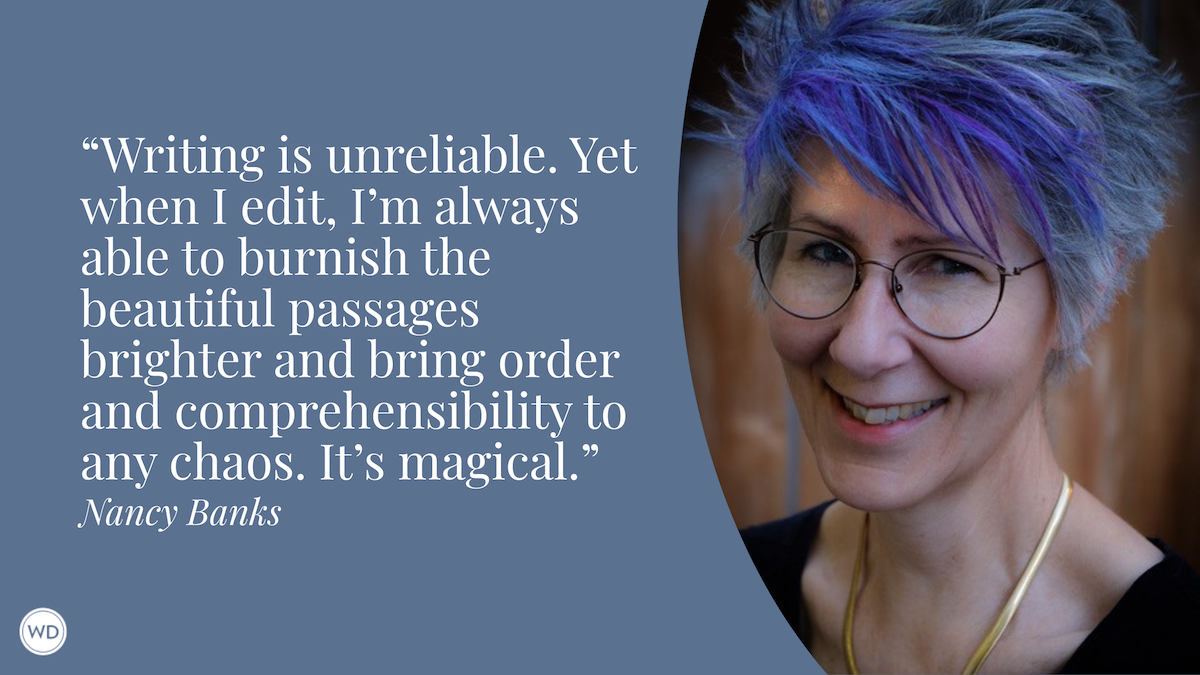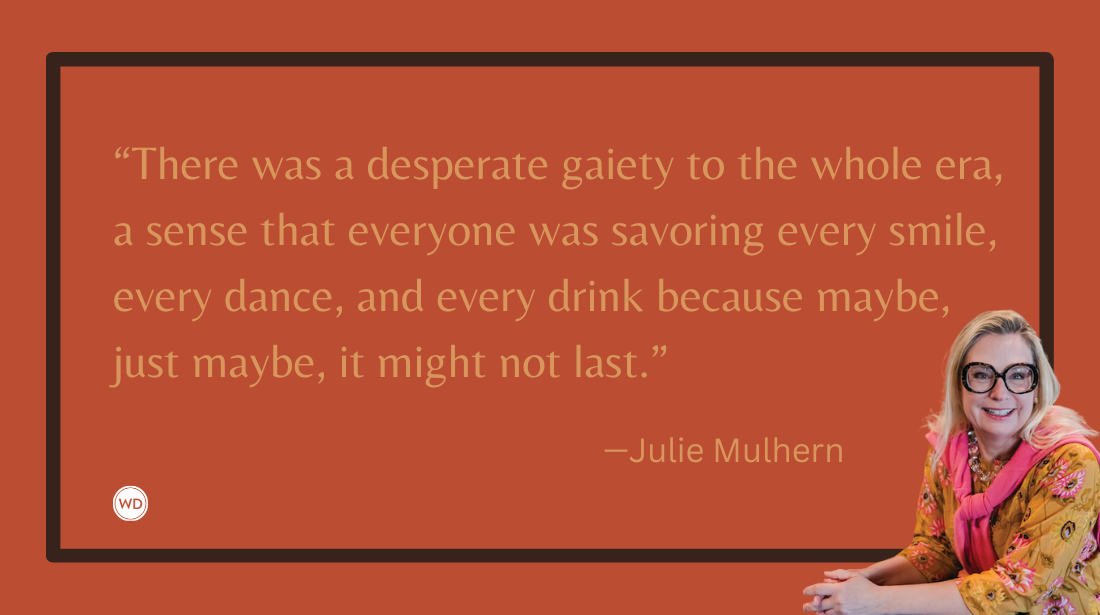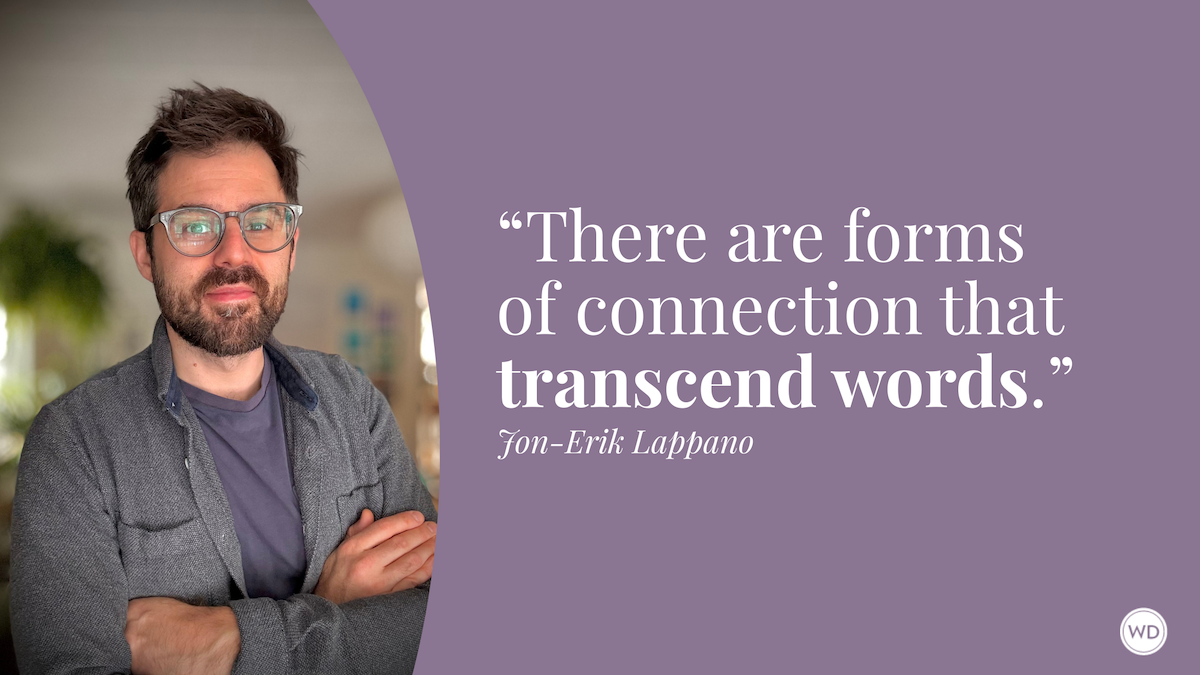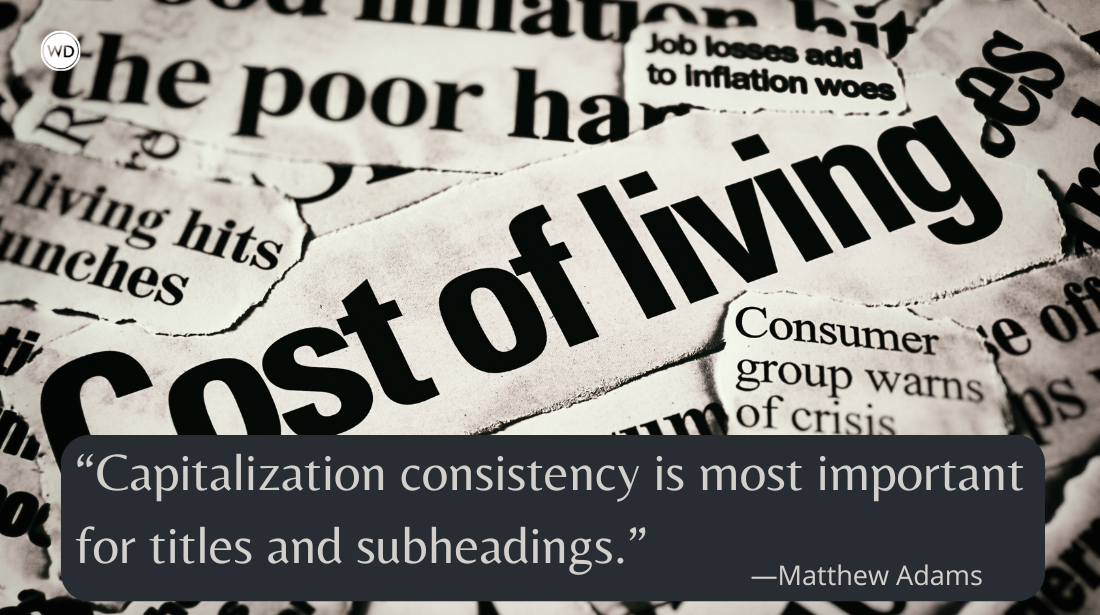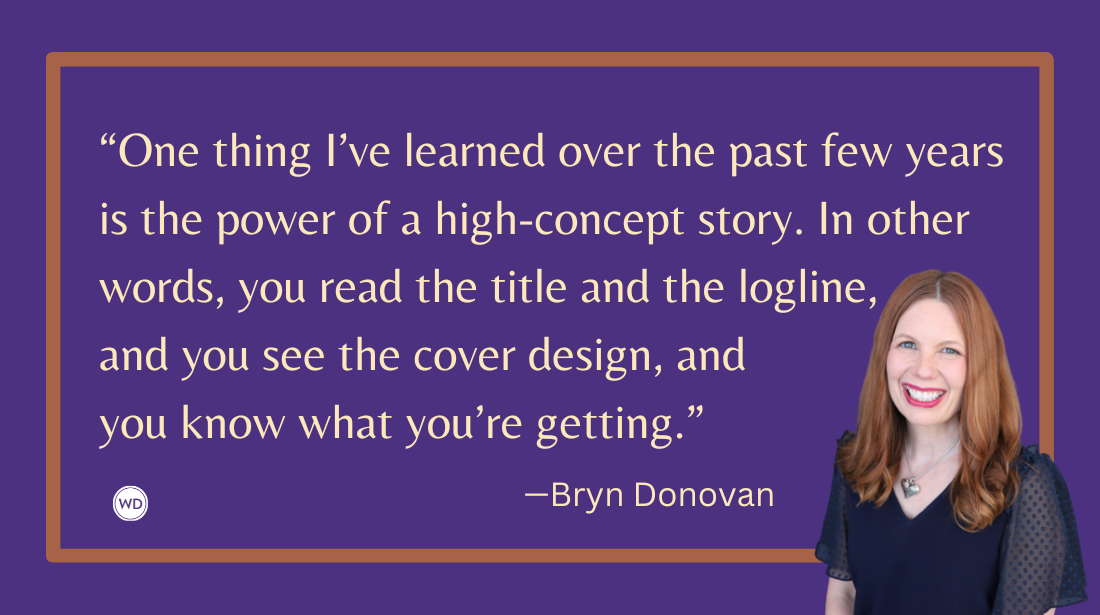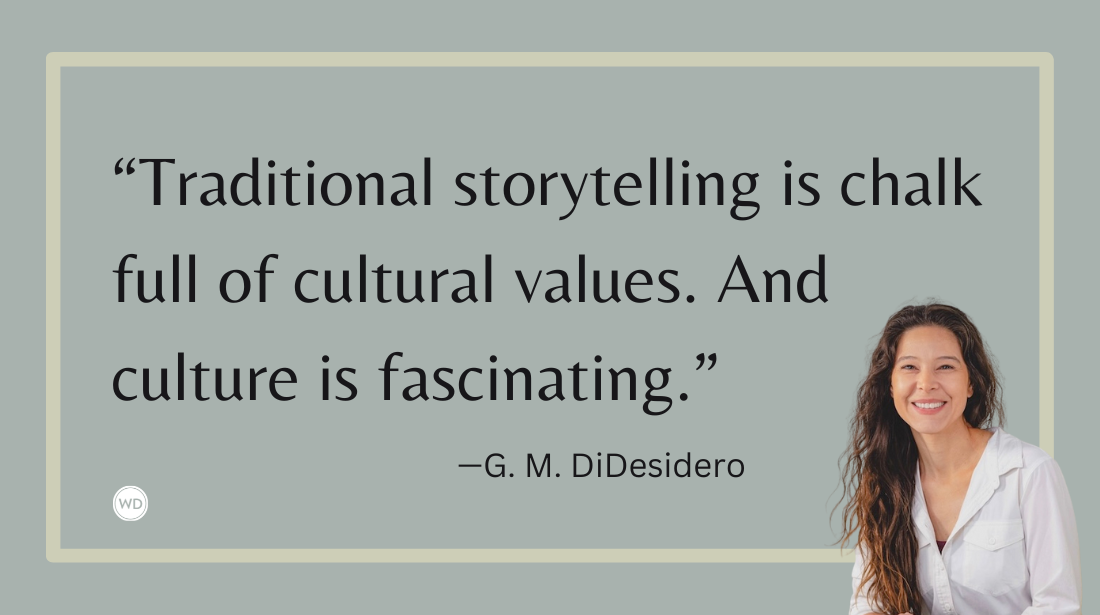28 Simple Steps to Write, Raise Funds and Publish a Children’s Book
If you’re reading this, you’re probably asking yourself “how do I published my children’s book idea?” Well, I have good news for you. It’s simple! Just follow these 28 steps, and your book will soon be available to customers all over the world!
When my niece was born, I went to the bookstore and discovered there weren’t any Uncle books. So... I wrote one myself, and I called it They Don’t Make Books About Uncles. I soon realized that if I wanted to get this book into the hands of as many nieces and nephews as possible – and quickly – my best bet was to self publish.
“But, how do I do that?”
—by Uncle Joe Jurek
If you’re reading this, you’re probably asking yourself the very same question about your children’s book idea. Well, I have good news for you. It’s simple! Just follow these 28 steps, and your book will soon be available to customers all over the world!
*****
When you take this online workshop, you’ll explore creative writing topics and learn how descriptive writing can breathe life into your characters, setting, and plot.
*****
1. Have a really good idea.
This is where most people get stuck.
How do you know you have a really good idea? When you pitch the idea to your friends and family, their eyes don't glaze over and they don’t immediately start thinking what they’re going to have for dinner.
2. Write it.
This was, for me, the easiest part.
3. Rewrite it.
You know, cause writing is rewriting and everything.
4. Read it/have others read it.
5. Think you want to have it published through a traditional publisher.
6. Realize it may take the rest of your natural life to hear back from a traditional publisher.
If you hear back from them at all.
7. Decide to self publish.
8. Research your options for self-publishing companies.
I narrowed it down to the following choices:
9. Pick your favorite self-publishing company.
I chose AuthorHouse. Why? Two things.
(1) I retained all the rights to my book. And (2) In my estimation, they offered the most resources to me as an author – particularly when it came to marketing. Here is a breakdown of the different packages AuthorHouse offers for children’s books.
NOTE: Most self-publishing companies are offering you an avenue to some sort of print-on-demand service, meaning books are individually printed as people order them online. To me, this is what you’re paying for and the most important service self publishers provide.
10. Realize you’re not rich.
11. Submit your idea to Kickstarter.
What’s Kickstarter? Oh, nothing. Only this awesome tool for anyone with a creative idea that needs funding. NOTE: This step requires not being obsessed with the idea that someone is going to steal your idea.
12. Have Kickstarter accept your idea.
For me, this happened within a week of submitting.
13. Launch your Kickstarter campaign.
They’re not kidding when they say make a good video, and create some fun pledge categories. Here’s what my page ended up looking like.
14. Reach your Kickstarter goal.
HOORAY!
15. Find an illustrator.
If you know of an easy way to find an illustrator, more power to you. It took a year and a half of not finding one before I decided I was going to use one of AuthorHouse’s in-house illustrators. Then I launched my Kickstarter campaign, and the guy who ended up illustrating my book – Joe Ninni, www.joeninni.com – connected with me there.
P.S. My next blog post will be “How I Learned You Need to Pay an Illustrator Up Front If You Want To Avoid Having Three Different People Tell You They’ll Illustrate Your Story Only To Have Them Back Out and Never Hear From Them Again,” or “More Money, Less Problems.”
16. Agree to terms with your illustrator.
In this case, Joe and I were both working on our first children’s book. We drew up a simple contract – only 2 pages long – and came to an agreement on how much I would pay him.
17. Collaborate with your illustrator.
This timeline all depends on your illustrator and how much time he/she has per week. For me, it took about six months from the first meeting with Joe until we submitted a final proof to the publisher.
18. Proofread, proofread, proofread.
Proofread your story. Have other trusted people proofread it. Maybe even pay someone to proofread it. The point is, well... you get it.
19. Submit the finished book (likely in PDF format) to your publisher.
20. Feel like you’ve just put your only child on the bus for the first day of school.
21. Wait...
It took about ten days from when I submitted the final PDF to AuthorHouse until the first printed copy was delivered on my doorstep.
22. Receive the first printed copy of your book.
Aka. Feel like your only child has graduated from college with honors.
23. Wait for your book to post to your publisher’s website for sale.
This took two days.
24. Wait for you book to post to other internet bookselling sites for sale (Amazon.com, Barnes & Noble.com, etc.).
Amazon had the book up on their site within a week of the publication date. Other online book retailers soon followed (Books-A-Million, Abe.com, alibris, etc.). It took Barnes & Noble about a month to list it on their site.
25. Launch your book to the public.
I mostly did this through social media (Facebook, Twitter, Pinterest), but you should try to have some sort of real world/non-social media launch party too. You know, with real-life humans. Perhaps even send a press release to a few local newspapers. Awww, remember newspapers???
26. Wait for your book to be formatted to ebook.
This took about a month, too. The ebook was first available on the publisher’s website and on other online ebookstores (Barnes & Noble, Kobobooks.com, etc.). My book was published in early November 2012. At the time I’m writing this post, it’s March 2013. I’m still waiting for it to appear for download in the Kindle store and the iBook library. Thanks a lot, Kindle and iBook. NOTE: You may be able to wait to launch your book until it’s available in digital format as well, but I couldn’t. So if you can, kudos.
27. Self-promote! (Exclamation points!!!)
They’re not kidding about the whole “self” part of self publishing. This is the area where you feel it most. A traditional publisher will likely have it’s own public relations mechanism that sets into motion when a book is released. Self-published authors must navigate the promotional wilderness on their own. Godspeed.
28. Realize it’s going to take a ton of work to become a gazillionaire from your first children’s book.
You’ll reach out to anyone and everyone you know to figure out how to get more ears and eyeballs on your book. In fact, you may end up offering your services as a guest blogger to really awesome blogs just to get the opportunity to share your story with a few more people.
See? It’s as easy as one, two, twenty-eight.
*****
You can buy They Don’t Make Books About Uncles here, or on most online bookstores. If you want, you can follow Uncle Joe on Twitter @TDMBAUncles and/or become a fan of TDMBAU on Facebook, http://www.facebook.com/theydontmakebooksaboutuncles.




